Results
-
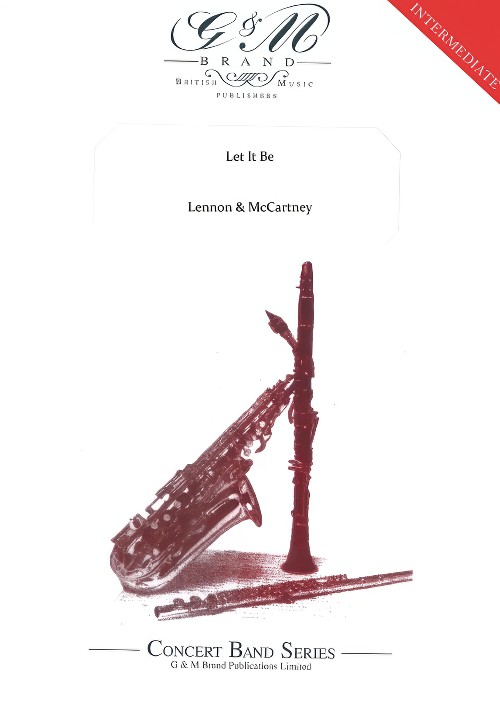 £74.95
£74.95Let It Be (Concert Band - Score and Parts) - Brand, Michael
Let It Be was written and recorded towards the end of the Beatles successful times, by now the group were in disagreement and the original recording was not released to start with, as they wanted to link it to a film. It was eventually released in 1970 and has since become something of a pop anthem.
Estimated dispatch 7-14 working days
-
 £14.95
£14.95Let It Be (Concert Band - Score Only) - Brand, Michael
Let It Be was written and recorded towards the end of the Beatles successful times, by now the group were in disagreement and the original recording was not released to start with, as they wanted to link it to a film. It was eventually released in 1970 and has since become something of a pop anthem.
Estimated dispatch 7-14 working days
-
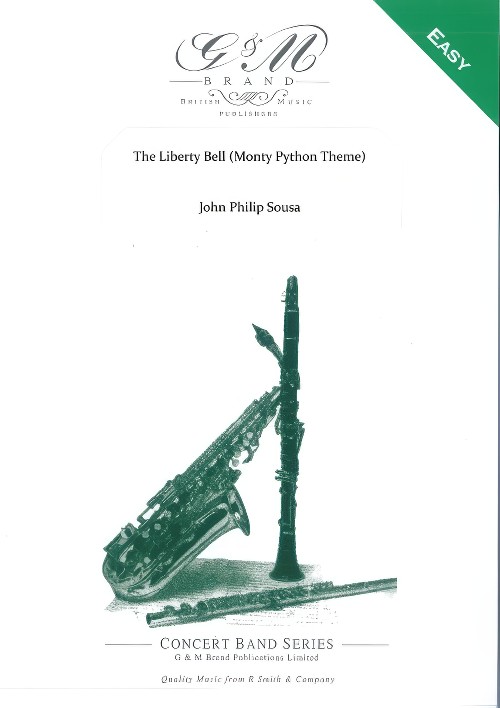 £49.95
£49.95The Liberty Bell (Monty Python Theme) (Concert Band - Score and Parts) - Johnson, Stuart
And now for something completely different... One of John Philip Sousa's most popular marches, the piece has perhaps achieved its most recent fame as the signature tune for the 'Monty Python' TV series. However, the march remains a fine piece in its own right and Johnson, Stuart's adaptation puts it into an easy key and is very fully scored. Sure to be effective in any concert.
Estimated dispatch 7-14 working days
-
 £9.95
£9.95The Liberty Bell (Monty Python Theme) (Concert Band - Score Only) - Johnson, Stuart
And now for something completely different... One of John Philip Sousa's most popular marches, the piece has perhaps achieved its most recent fame as the signature tune for the 'Monty Python' TV series. However, the march remains a fine piece in its own right and Johnson, Stuart's adaptation puts it into an easy key and is very fully scored. Sure to be effective in any concert.
Estimated dispatch 7-14 working days
-
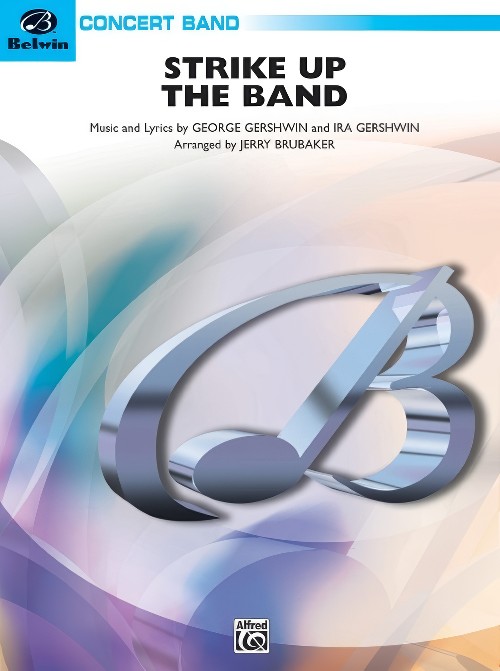 £73.50
£73.50Strike Up the Band (Concert Band - Score and Parts) - Gershwin & Gershwin - Brubaker, Jerry
There's something inside us that 'loves a parade,' and George Gershwin's Strike Up The Band moves the pulse a bit quicker in everyone. Jerry Brubaker presents this playable, yet sparkling version for today's concert band or wind ensemble. Rousing, it is! Duration: 2.45
Estimated dispatch 7-14 working days
-
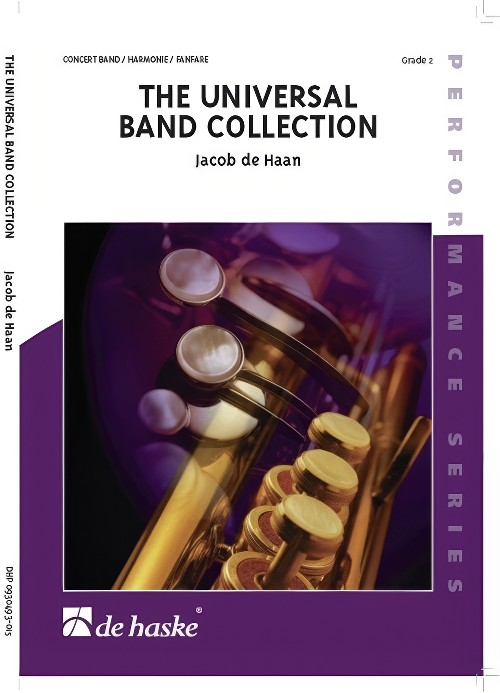 £118.99
£118.99The Universal Band Collection (Concert Band - Score and Parts) - De Haan, Jacob
A collection of 5 short works in pop style which can be performed by any kind of compilation. The titles can be presented on the programme as separate works but the Universal Band Collection can also be performed as a complete suite. From a didactic point of view it is a suitable work to teach musicians something about the structure in music. For this purpose not only the big structure but also the small structure was kept very clear.Western Girl: A girl from the west of the USA rides her horse across the prairie, dreaming of her future. The rough structure: introduction - theme in a blues scale - the same thing in a different instrumentation - finale.Just a ballad: A ballad in pop style with a rough A-B-A form. First there is the introduction of the main theme (A), then follows a tenor melody in minor with a rhythmical reference to the main theme (B). Finally there is the main melody, performed tutti with a different rhythm in the drums (A').Play the Game: An English saying meaning: play fairly. Playful music in up-tempo with a wink to China, where almost all games are manufactured nowadays. Once again an A-B-A structure here.San Diego: A Mexican fugitive enjoys his freedom in America but also remembers his place of birth with melancholy. A sad minor melody with a straight trendy beat appears twice. The second time it has a slightly different instrumentation, in which the muted trumpets represent the Mexican feeling.Final Dance: Eventually there is a dance with an introduction in renaissance style, followed by a fast dance in rock style. All this composed in a classical song structure: introduction, verse, bridge, chorus, shortened verse, bridge, chorus, chorus.Duration: 10:30
Estimated dispatch 7-14 working days
-
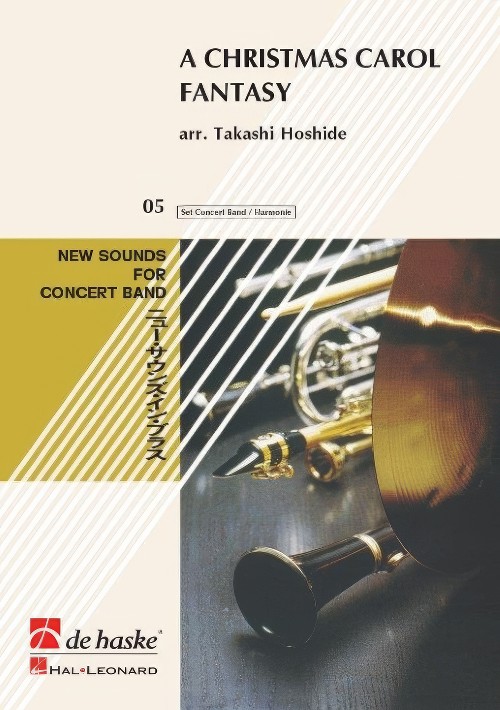 £118.99
£118.99A Christmas Carol Fantasy (Concert Band - Score and Parts) - Hoshide, Takashi
A fantastic medley for concert band, with optional organ part and optional electric or acoustic guitar, of no fewer than seven of the best-loved Christmas carols of all time. You will hear the delights of O Come All ye Faithful, Joy to the World, The First Noel, Deck the Halls, Hark the Herald, O Tannenbaum and O Little Town of Bethlehem all given that special something that is present in all publications from the 'New Sounds for Concert Band' series. An ideal piece to either open or bring to a close your Christmas concert.Duration: 7:30
Estimated dispatch 7-14 working days
-
 £137.99
£137.99A View at the Zoo Wind Band Set (Score & Parts)
The composition as a whole is built around a structure of shorter fragments reminiscent of 'Pictures At An Exhibition' by Moussorgsky. The parts are decorated with recognisable illustrations of different animals. In each composition, Wittrock adds something that can fascinate both musicians and listeners. Can you hear it? 11:00
Estimated dispatch 7-14 working days
-
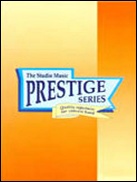 £23.95
£23.95CHRISTMAS SUITE, A (Prestige Concert Band Extra Score) - Barker, David
Score only. A three-movement suite which will add something special to your Christmas Concerts. The seasonal tunes are brilliantly worked together. 1. Chaconne (on "A Virgin More Pure" and "Sans Day Carol") 2. Scherzo Variations (on "We Three Kings of Orient Are") 3. Fanfare and Fugue (on "Past Three O'Clock") (Grade 5-6) Performance time 8'49' (Recorded on QPRM115D GREAT BRITISH MUSIC FOR WIND BAND, Western Band of the Royal Air Force)
Estimated dispatch 7-14 working days
-
 £119.95
£119.95CHRISTMAS SUITE, A (Prestige Concert Band Set) - Barker, David
Score and parts. A three-movement suite which will add something special to your Christmas Concerts. The seasonal tunes are brilliantly worked together. 1. Chaconne (on "A Virgin More Pure" and "Sans Day Carol") 2. Scherzo Variations (on "We Three Kings of Orient Are") 3. Fanfare and Fugue (on "Past Three O'Clock") (Grade 5-6) Performance time 8'49' (Recorded on QPRM115D GREAT BRITISH MUSIC FOR WIND BAND, Western Band of the Royal Air Force)
Estimated dispatch 7-14 working days
